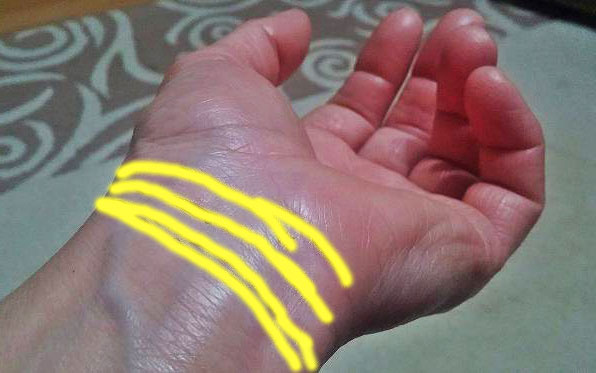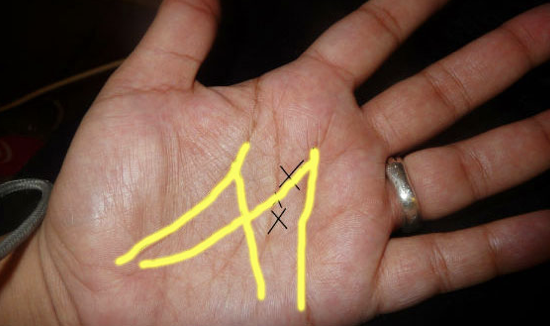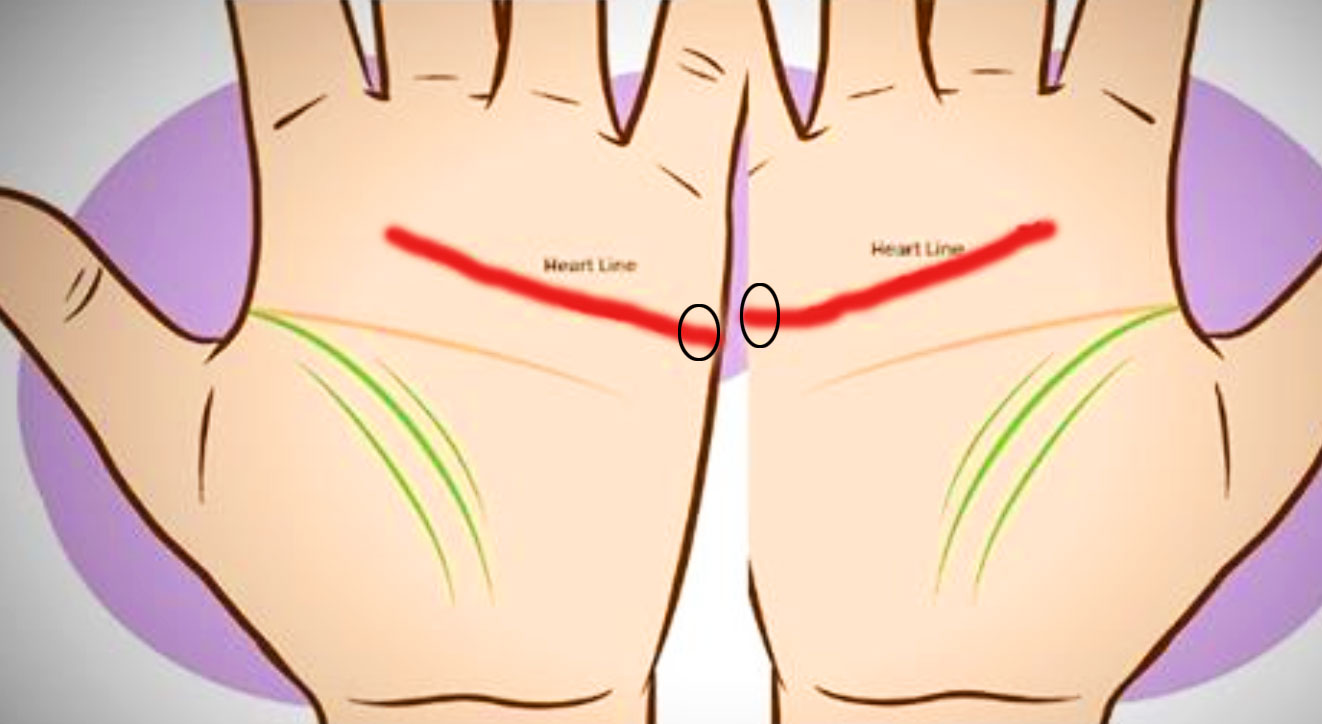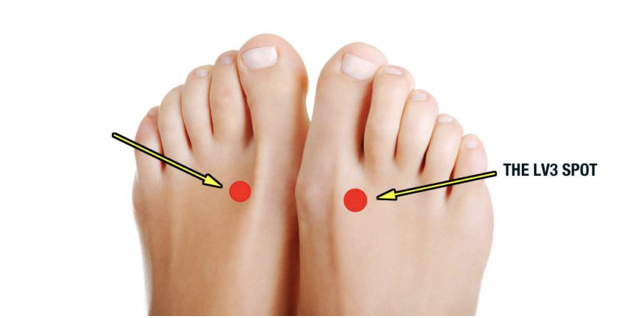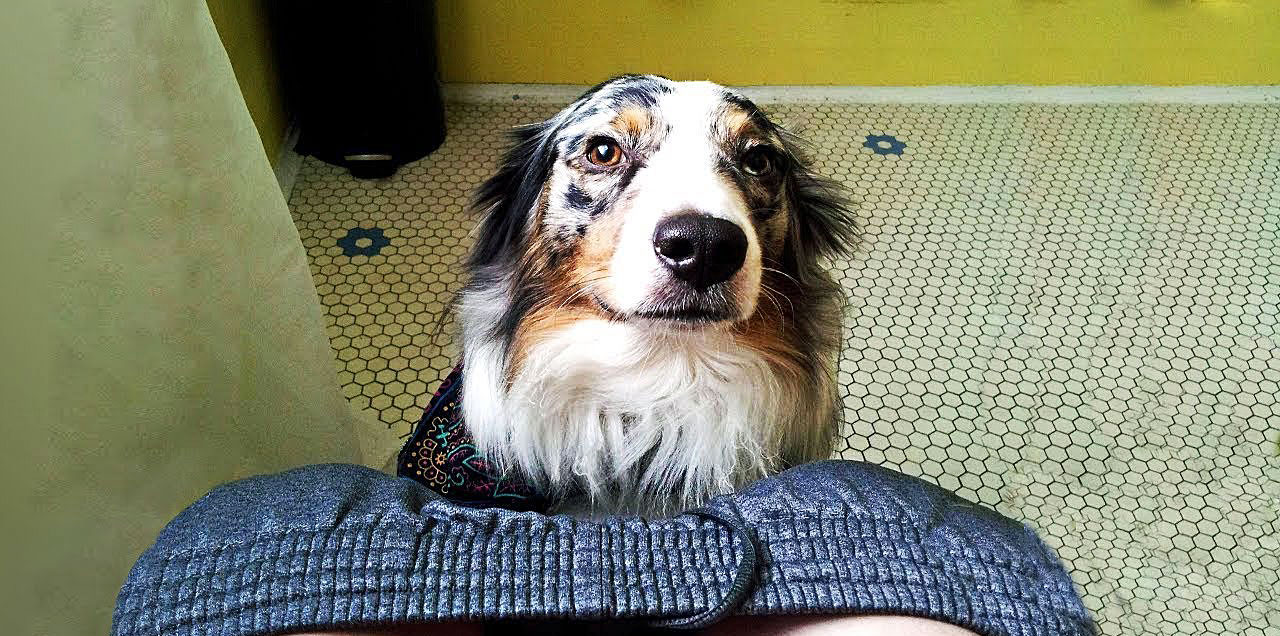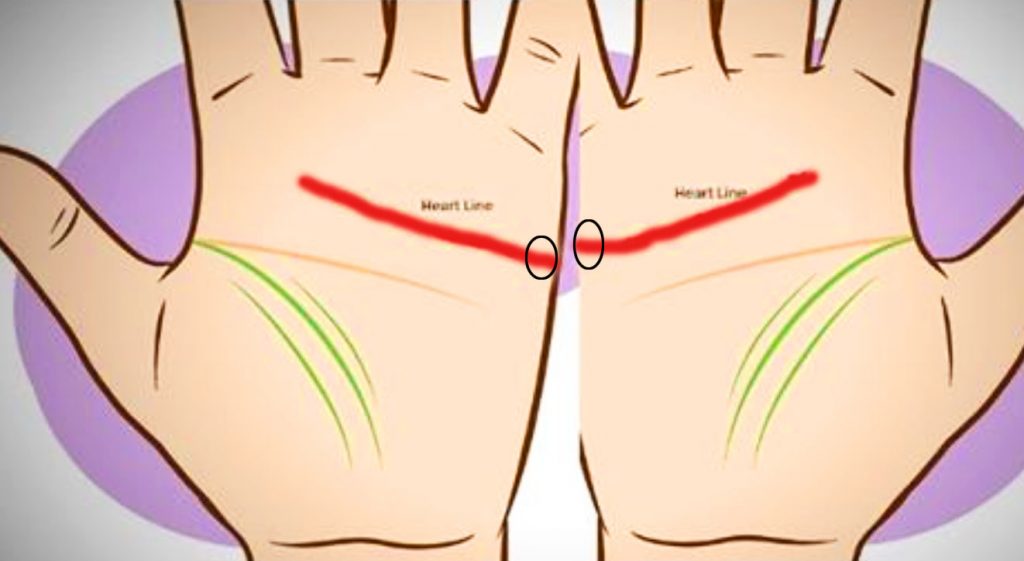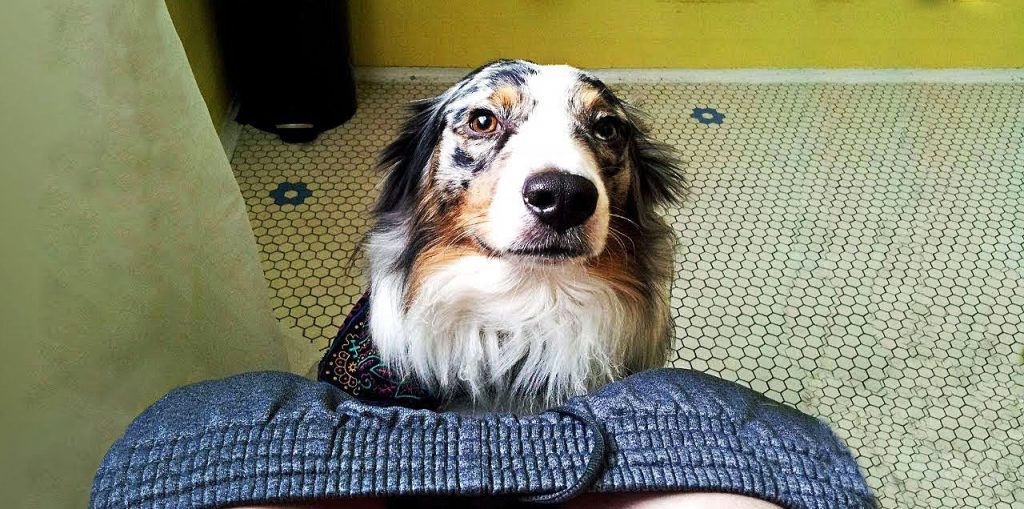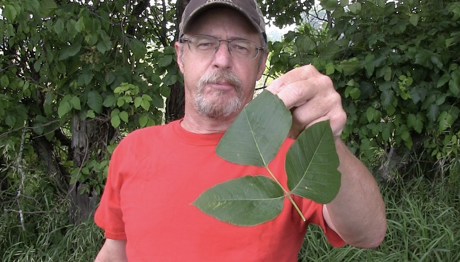
Poison ivy earned its foreboding name because the vines of the plant creep and climb up things and can be highly toxic to humans when they come into contact with skin. When that occurs most people develop an allergic reaction and an extremely itchy, painful, uncomfortable rash breaks out!
While a small minority of people have a high threshold for poison ivy and never develop a reaction, most others are highly sensitive to it. If they make even slight contact with the plant, like barely brush against it, they are bound to break out. That’s why the best way to prevent a poison ivy rash is to avoid the plant in the first place, but that’s not always possible. If and when you ever do come into contact with poison ivy down the line, you need to know the following information. It can help minimize your risks and save you a lot of pain!
First off, poison ivy reactions are caused by urushiol which is found on the stems and leaves. Urushiol is an oily resin that sticks to everything and so whatever comes into contact with the oil can further spread it all around. Say for example you drive over poison ivy plants, it will get on the tires and then if you touch the tires it can get on your skin. Other more common items that urushiol may contaminate are gardening tools, rakes, chainsaws, and clothing.
Next, if you ever think you may have touched poison ivy then you need to know Jim Brauker’s tip on how to minimize the potential of it turning into a gross, nasty rash. The scientist and wildlife enthusiast explains the best technique for this and demonstrates it himself in the accompanying video. He explains that if you come into contact with poison ivy you need to wash the oil off your skin within 2-8 hours. The sooner you wash the better and even if you’re unsure about whether or not you got any oil on you, wash the area no matter what. Use cold water, soap, and a washcloth to help get it completely off your skin.
The key to this trick is a washcloth, so make sure you use one, because it provides the friction necessary to scrub and lift the oil off your body. Use it on all contaminated areas and a loofah or towel will also work just as well at picking up and removing the oil. As for soap, it doesn’t matter what kind you use, but never wash with hot water!! It causes pores to open up and that will allow the urushiol in.
Poison ivy rashes are no laughing matter and in a perfect world we’d all avoid the plant in the first place. To help you do that, here’s what you need to know on how to identify it:
“Leaves of three, let them be. Leaves of five, let them thrive.” The first half of this old saying is a helpful way to remember how to identify a poison ivy plant, the second part serves to prevent other similar looking vine-type plants from being confused or wrongly associated with it. Other sayings provide more details on how to identify the plant, two of which include; “longer middle stem, don’t touch them” and “hairy vine, no friend of mine.” Out of the three total leaves it’s the middle one that has the longest stem and the vines will have tons of small ‘hairs’ that help it stick to things as it climbs. This is important to know since the leaves die and fall off in the fall/winter but the stems, roots, and vines can still all give you a rash because they also contain urushiol oil. Other things to look for are glossy leaves with smooth or toothed edges and in late summer the plants sometimes grow white berry clusters.
Hopefully you never have to use Jim Brauker’s poison ivy removal method, but if you do you’ll be glad you took the time to check his video out! Pass this tip on to the gardeners, hikers, nature enthusiasts, and the people most likely to run into poison ivy in your life, and stay safe!
Please Share This Trick With Family and Friends

